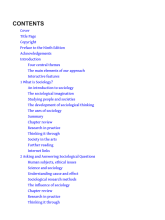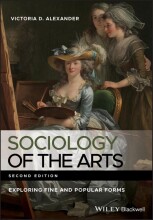Renaissance in Northern Europe - High Renaissance in Northern Europe - Martin Luther and the Reformation
12 important questions on Renaissance in Northern Europe - High Renaissance in Northern Europe - Martin Luther and the Reformation
Who was Martin Luther and did he live?
What was Martin Luther's profession, apart from his religious obligiations?
At Wittenberg University in the early 16th century, the learning process depended on disputations.
What do we mean with this?
- Higher grades + faster learning
- Never study anything twice
- 100% sure, 100% understanding
What happened in 1516, that made Martin Luther (1483-1546) rethink the question of salvation as posed by the Roman Catholic Church at that time?
What happened on October 31, 1517, that drew Luther to attention of Pope Leo X?
Who was the Dominican munk Tetzel and what is relation to the reformation in the early 16th century?
Which discovery helped Luther's ideas to get a greater impact?
What was Martin Luther's main stance on the Christian faith?
In his 'Ninety-Five Theses', apart from the sale of indulgences, Martin Luther had three fundamental concerns about the Roman Catholic Church at that time.
Can you name those concerns?
- Opulence & worldliness of the Roman Church.
- The idea that faith, instead of good works, led to a person's salvation.
- The idea that the papacy was the supreme authority in matters of faith and morals, instead of Scripture including the Old and New Testaments.
Central to the reformer's ideas was an emphasis on the importance of individual conscience.
What does this mean?
What is the correlation between Martin Luther (1483-1546) and the social revolution in Europe and America a century later?
Martin Luther was an avid lover of the arts.
Which art in particular?
The question on the page originate from the summary of the following study material:
- A unique study and practice tool
- Never study anything twice again
- Get the grades you hope for
- 100% sure, 100% understanding































